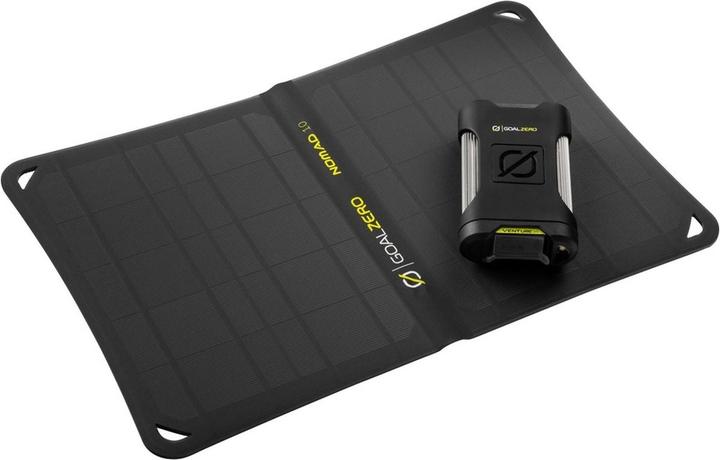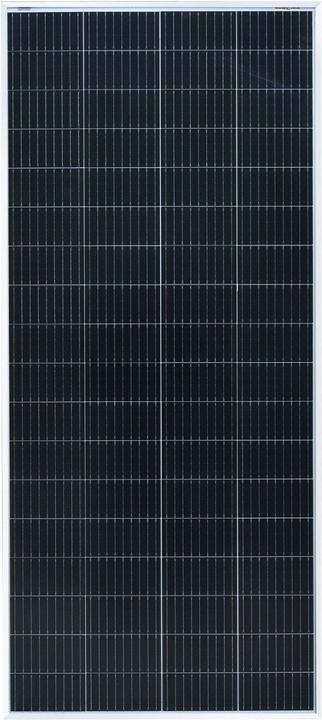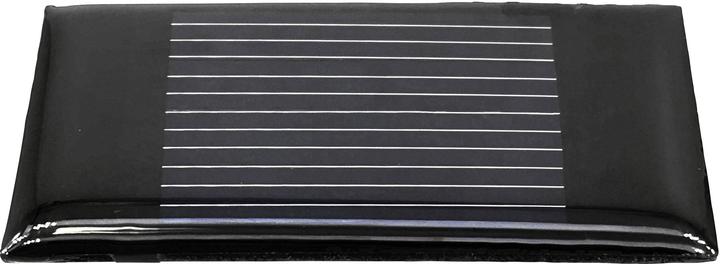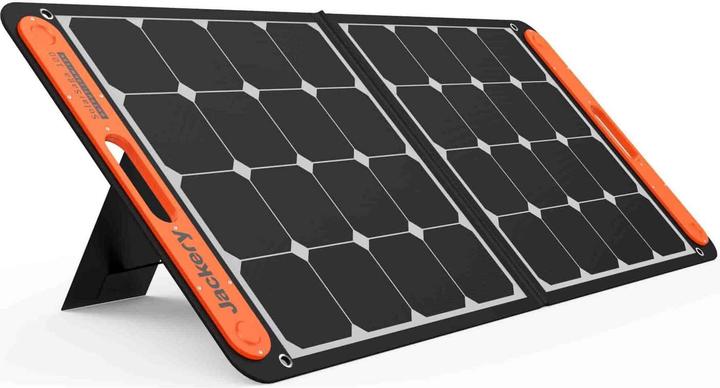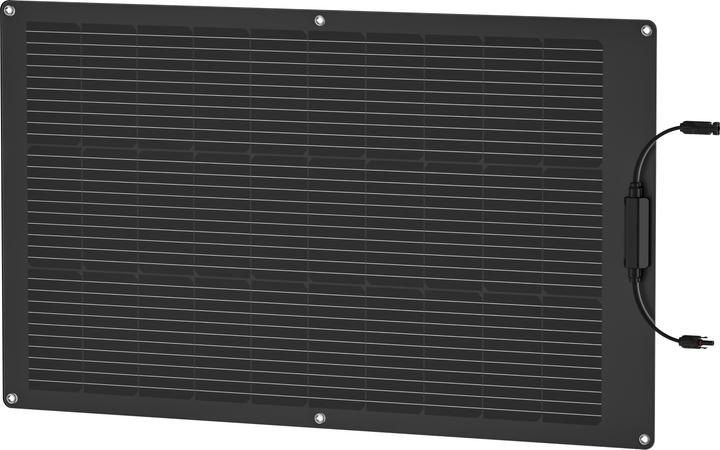
Too Many Solar Panels? Here's How to Choose the Right One
Discover five key factors to consider when selecting the ideal solar panel for your needs.
Last updated 1 day ago. Automatically generated content.


Select options and limit the number of products
Solar panel type determines the technology used to convert sunlight into electricity, impacting efficiency, cost, and installation flexibility. Choosing the right type affects energy production, suitability for your location, and long-term savings.
Popular options (you can select more than one)
Solar panel
Traditional photovoltaic panels convert sunlight directly into electricity using silicon cells.
Ideal for residential and commercial installations, offering reliable and efficient energy generation for a variety of needs.
Bestseller
Solar charger
Portable devices that use solar energy to charge batteries or power small electronics.
Perfect for outdoor activities and emergencies, providing convenient access to renewable energy on-the-go.
Bestseller
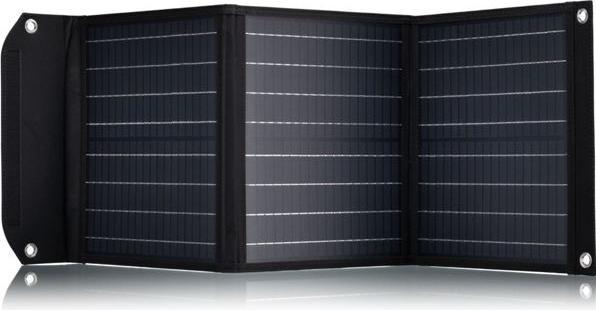
Bresser Mobiel Zonnepaneel – 40W – Voor o.a. Smartphone & Tablets – 3x USB
40 W, 1.80 kg
Nominal power refers to the output capacity of solar panels, determining how much electricity they can produce under standard conditions. It is a crucial factor for buyers as it affects energy generation efficiency and suitability for specific power needs, such as residential or mobile applications.
Popular options
Up to 20 W
Typical price
45,– to 120,–Suitable for small-scale applications like charging devices or powering LED lights.
Ideal for portable use, offering convenience for camping trips or outdoor activities.
Bestseller
21 - 100 W
Typical price
89,– to 260,–Provides moderate power output, sufficient for running small appliances or charging multiple devices.
Great for RVs and boats, delivering reliable energy for off-grid living.
Bestseller
101 - 200 W
Typical price
100,– to 360,–Generates substantial power, capable of supporting larger appliances and partial home energy needs.
Recommended for residential setups, offering efficiency in supplementing household electricity consumption.
Bestseller
Solar panel design affects portability, installation ease, and suitability for various environments. Choosing the right design is key to maximizing energy efficiency and meeting specific usage needs.
Popular options (you can select more than one)
Foldable
Features a compact design that can be folded for easy storage and transport.
Ideal for travelers and campers, offering flexibility in setup and use in various locations.
Bestseller

Bresser Mobiel Zonnepaneel – 40W – Voor o.a. Smartphone & Tablets – 3x USB
40 W, 1.80 kg
Rigid
Built with a solid frame for permanent installations, ensuring durability and stability.
Best for long-term installations, providing reliable performance in fixed settings such as homes and businesses.
Bestseller

Goal Zero Boulder 100 Briefcase
100 W, 11.70 kg
Portable
Lightweight and easy to carry, designed for temporary setups.
Perfect for outdoor activities and emergency situations, providing convenience and quick access to solar power.
Bestseller
Cell type refers to the material and structure used in solar panels to convert sunlight into electricity. Choosing the right cell type is crucial for efficiency, cost-effectiveness, and suitability to specific environmental conditions, impacting overall performance and energy savings.
Popular options (you can select more than one)
Monocrystalline
Made from a single crystal structure, offering high efficiency and sleek appearance.
Ideal for limited space installations, providing superior performance with smaller panel sizes.
Bestseller
Polycrystalline
Constructed from multiple silicon crystals, generally less expensive than monocrystalline.
Suitable for larger installations, offering a balance of efficiency and cost, especially in sunny areas.
Bestseller
The brand factor is crucial in choosing solar panels, as it affects quality, durability, and technological advancements. Brands like EcoFlow and Victron Energy are known for their reliability and innovation, offering diverse solutions for both residential and commercial use.
Popular brands (you can select more than one)
EcoFlow
Recognized for portable solar solutions and advanced battery technology.
Ideal for outdoor enthusiasts seeking reliable, mobile energy sources.
Bestseller
Goal Zero
Specializes in portable solar kits and power stations.
Perfect for campers and travelers needing lightweight and efficient energy options.
Bestseller

Goal Zero Boulder 100 Briefcase
100 W, 11.70 kg
Enjoy solar
Offers affordable solar panels with user-friendly installations.
Suitable for budget-conscious consumers looking for practical home energy solutions.
Bestseller
Victron Energy
Known for robust, high-performance solar systems and components.
Recommended for off-grid and marine applications due to their reliability and efficiency.
Bestseller
Jackery
Focuses on compact, portable solar products and power banks.
Great for users wanting quick, easy-to-use solutions for energy independence.
Bestseller
